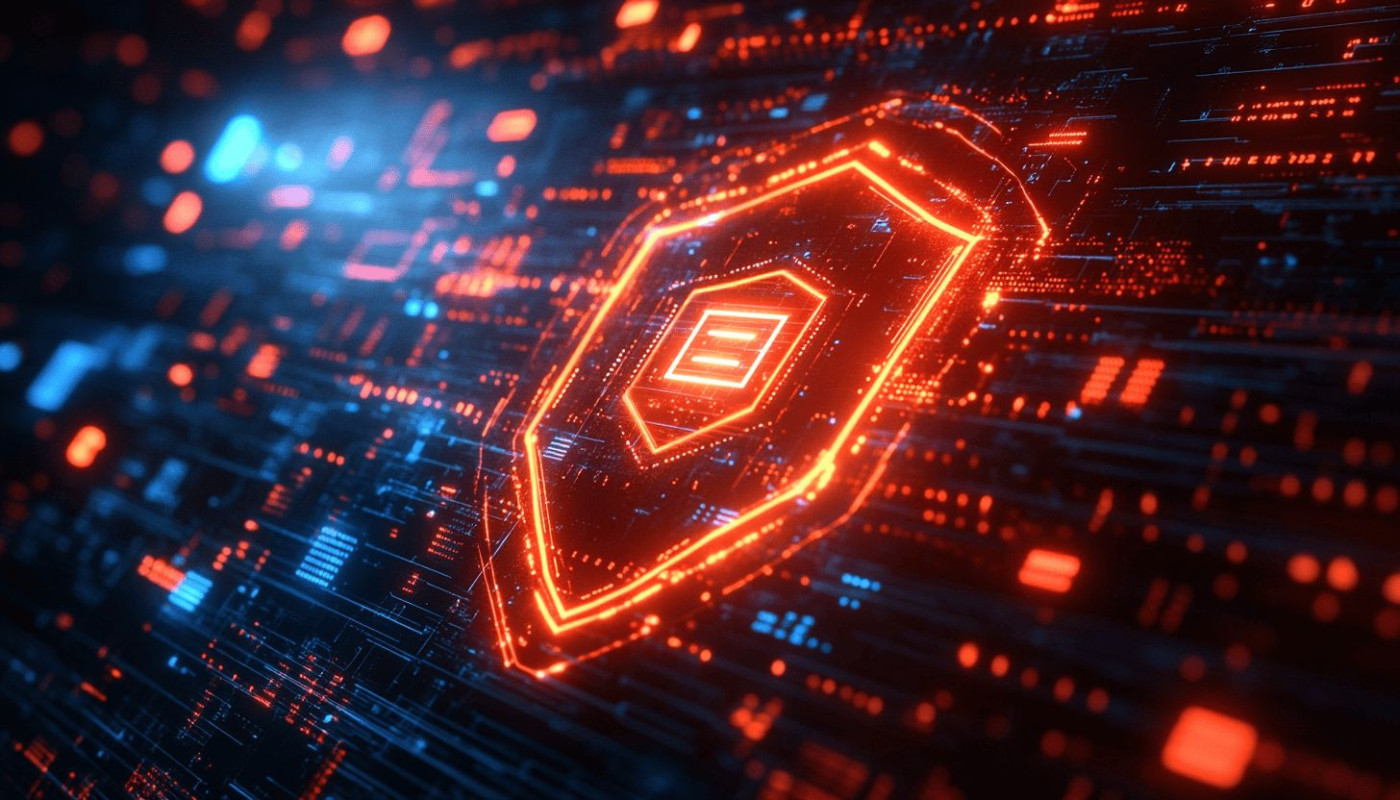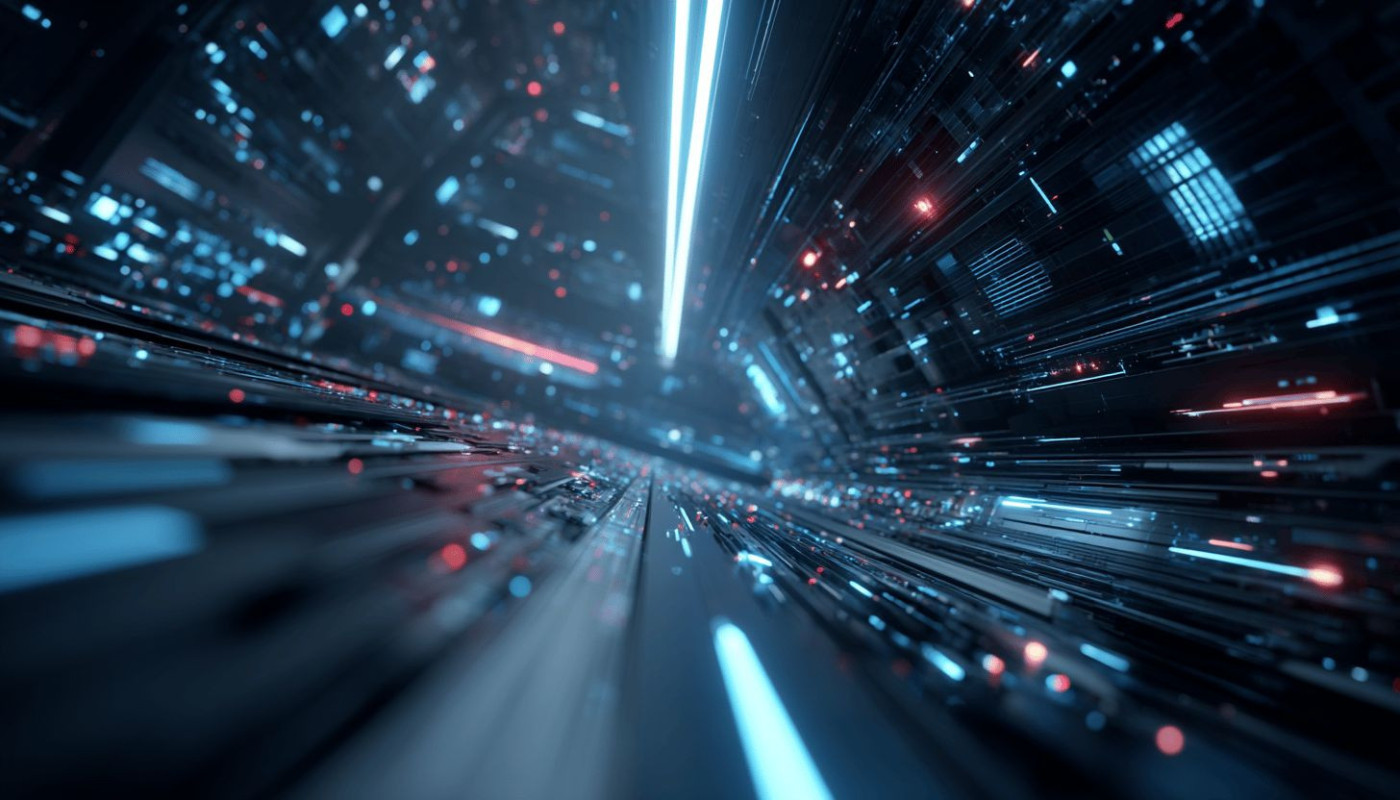Table of contents
The world of art is no stranger to evolution and transformation. With the advent of digital technology, it has undergone significant change, birthing new forms of artistic expression that were previously unimaginable. More recently, the rise of Artificial Intelligence (AI) has once again redrawn the boundaries with its potential for creativity in the arts. Redefining what we consider as 'art' and who or what can be an 'artist', AI presents intriguing possibilities that are reshaping the landscape of digital artistry. This article seeks to delve deeper into this fascinating intersection between AI and creativity by exploring how artificial intelligence is redefining digital art.
Creativity Unleashed: The Dawn of AI Art
The foray of Artificial Intelligence into the realm of visual arts has undeniably ushered in a new era, where AI-produced creations, be they portraits or abstract pieces, have not only left audiences spellbound but have also secured staggering bids at auctions. These artistic marvels are not simply churned out overnight; behind each piece lies a complex web of Algorithms designed to emulate the human aesthetic perception.
The key to these creations is the innovative integration of Machine Learning Techniques into the artistic process. Algorithms are meticulously programmed to learn and adapt from a dataset encompassing countless artworks. This dataset is drawn from various periods and styles across the history of art, forming a rich tapestry of influences for the AI to draw upon. The AI system is therefore able to analyze and understand patterns, styles, and techniques, subsequently creating unique pieces that resonate with human sensibilities.
Notable figures in the Digital Art Scene have expressed their awe and intrigue towards these AI Artworks. A prominent artist proficient in Digital Art creation remarked on the astonishing capacity of these AI systems to mimic and even innovate upon human artistic creativity. These tech-infused art forms are redefining what we know and understand about art, pushing the boundaries of creativity to unprecedented heights.
In essence, AI's entrance into the sphere of art is far from being a simple technological achievement. It signifies a shift in our understanding of creativity and challenges traditional notions of artistic expression. As we delve deeper into this fascinating intersection of technology and art, it will be exciting to see what the future holds for AI Art.
The New Artists: How do AIs Create?
With the advent of Artificial Intelligence (AI), the realm of creativity has witnessed a paradigm shift. AIs, often considered the new artists of the digital age, create using a unique blend of logic and creativity. The key player in AI's creative process is a deep learning system known as Generative Adversarial Networks (GANs). These are complex neural networks, designed to generate creative content, ranging from images to music and more.
GANs are composed of two neural networks - the generator and the discriminator, locked in a continual competition. The generator creates new data instances, while the discriminator evaluates them for authenticity; this tug of war drives the GANs to excel at producing high-quality, original content.
Another noteworthy aspect of AI's creativity is its ability to distinguish style from content, a characteristic intrinsic to human artists. AI does not merely replicate but also innovatively recomposes, resulting in unique artistic compositions. Computer Scientists specializing in Artificial Intelligence have noted this striking feature which significantly broadens the scope of AI in the artistic landscape.
In essence, AI's creativity is rooted in its capacity to learn and adapt. By utilizing deep learning systems like GANs, AI can create, innovate, and redefine the digital artistic landscape.
Digital Renaissance: Impacts on Creative Industries
The infiltration of Artificial Intelligence (AI) into various creative sectors has brought about a digital renaissance, reshaping the landscape of these industries. The design industry, for instance, has witnessed a revolution with the integration of AI in graphic and interior design. AI algorithms aid in generating unique design patterns, thus amplifying the creative potential and efficiency of designers. The innovative use of AI has not been limited to design.
In the film industry, AI has been instrumental in enhancing CGI animations and special effects, making them more realistic and immersive. AI's ability to analyze and learn from vast amounts of data has allowed for the creation of stunning visual effects that were previously unimaginable. This has significantly elevated the storytelling experience for viewers, contributing to the overall growth and evolution of the industry.
Moreover, the music industry has also reaped benefits from AI. The deployment of AI in music streaming platforms is a prime example. With AI, these platforms can curate tailor-made playlists, personalized to the listener's taste. This has not only improved the user experience but also revolutionized the way music is discovered and consumed.
In the words of a professional analyst with knowledge of different sectors within creative industries, "The versatility with which AI has infiltrated every corner of the creative industries has added value both creatively and economically. It's changed the game completely, pushing the boundaries of what's possible."
The Ethical Dilemma And Authenticity Concerns Transitioning Towards AI-Created Content
As we venture further into the uncharted territory of artificial intelligence-generated art, we inevitably encounter a multitude of ethical quandaries and authenticity concerns. A primary question that arises is the issue of authorship rights. How does one attribute credit for a work of art created by an algorithm? Does the recognition belong solely to the human programmers who designed the AI or should it be attributed to the machine that produced the work free of direct human intervention?
Certainly, the opinions of authority figures such as intellectual property lawyers or ethicists well-versed in AI-related issues would be invaluable in this debate. It's a complex problem, involving intricate knowledge of copyright law and the understanding of the increasingly blurred line between human and machine creativity. Consequently, these considerations prompt a serious reevaluation of our definitions of art, originality, and the role of AI in the creative process.
Similar articles



